Hexenkopf Rock project to highlight the Lehigh Valley’s unique history
German immigrants believed that Hexenkopf Rock had the power to cure ailments. (Photo courtesy of The Morning Call)
February 25, 2022
The Lehigh Valley contains dozens of artifacts that provide a unique window into the area’s rich geological and anthropological history. Artist Heidi Wiren Bartlett, along with Lafayette’s own Kate Keane ‘22 and Maggie Champagne ‘23, plans to bring a piece of this history to the Karl Stirner Arts Trail through their work with the Hexenkopf Ridge, a preserve in Northampton County.
The ridge, which sits about six miles south of Easton, is home to Hexenkopf Rock, a landmark that is significant in both ancient and modern history. The rock is an example of a gneiss or basement rock, one of the oldest types of metamorphic rock that sit under sedimentary deposits.
Together with Geology Professor David Sunderlin, Bartlett decided to “take elements of what makes this area so geologically interesting, turn them into sculptures, and use the rocks as found objects.”
Bartlett is a designer at Carnegie Mellon University who first came to Lafayette in 2017 to speak to students. She was invited by Jim Toia, the Karl Stirner Arts Trail’s executive director and curator, to display artwork on the trail. The piece on the trail will feature several rocks, including some from Hexenkopf Ridge.
The project took on another layer when Bartlett discovered the rock’s ties to past Easton communities. After being used by the Lenape, German immigrants in the area used the rock as a healing stone.
“If you were ill, you would cast that into the rock itself, and the rock had the power to absorb it,” Bartlett said of the tradition.
A project that was originally meant to focus on geological interests took on a new cultural significance.
Once she established her goal, Bartlett and collaborating professors across several departments brought a team of two students onto the project.
Keane, a civil engineering major, is working to determine the best ways to logistically bring the rocks to the trail. She began her work in the fall by conducting case studies of museums and art galleries that have previously undertaken similar projects. Keane then moved on to transferring that knowledge into the context of the Arts Trail.
“My role is finding a stable base for these boulders,” Keane said. “The architectural key is finding a way to stabilize it, but in an artistic manner.”
For example, Keane plans to add geotextiles, synthetic fabrics used to stabilize soil and prevent erosion, to encourage specific plant growth in and around the installment.
Champagne, a film and media studies major, has been tasked with documenting the project from start to finish.
Thus far, Champagne has conducted a number of interviews with people involved in the project and has filmed the steps as they occur. She will continue to do so as the rocks are transported to the trail at the end of February and the project continues into the summer. She has created a trailer for the project and plans to turn the footage into a “mini-documentary” at the end of the process.
This has been a hands-on experience for Keane and Champagne, who have both been able to visit the ridge. Keane visited the ridge to take LiDAR scans, which use lasers to measure the distance between the scanner and the object. The group plans to utilize projections of these scans in the presentation of the project. Champagne accompanied Bartlett to the ridge as part of her documentation and will be there again for the removal of the rocks.
For both students, this project fell at the intersection of their interests.
“The way [the project] combines both of the two disciplines was just so thrilling to me,” Keane said.
For Champagne, the project has provided a way for her to connect to her hometown and explore her passion at the same time.
“I’m from the Lehigh Valley, so I can understand the cultural aspects. If I didn’t hate physics, I would have been an engineer, so I love understanding how these things work, and I work with film,” Champagne said. “For me, this is really cool because it’s combining all of the things that I really love.”
The final project will have several components. In addition to the pieces along the Arts Trail, Lafayette’s Grossman Gallery will display an exhibit. According to Bartlett, this exhibit will “touch more on this world of German witches and what the folklore of the area is about.”



































































































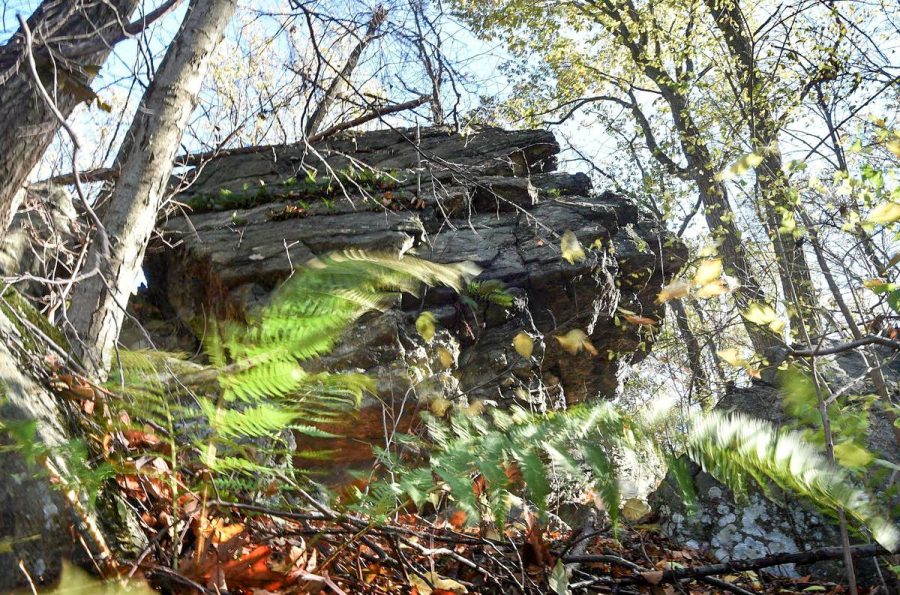
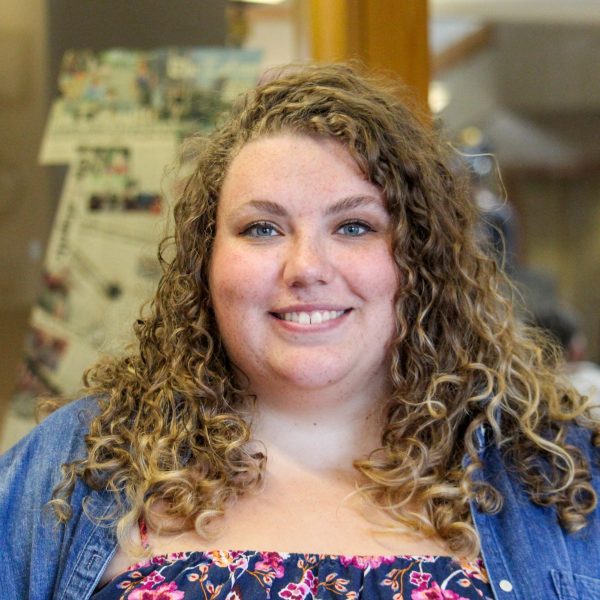
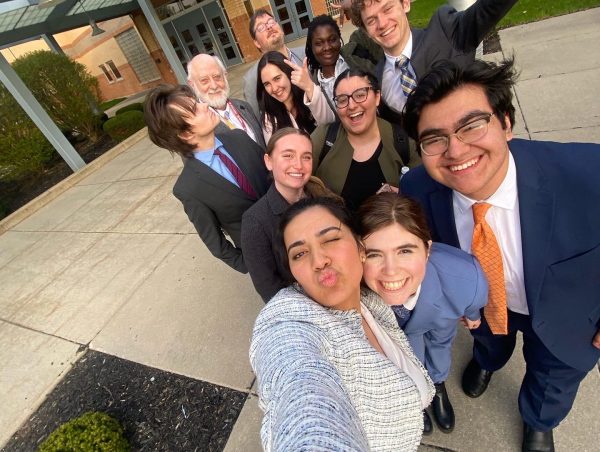
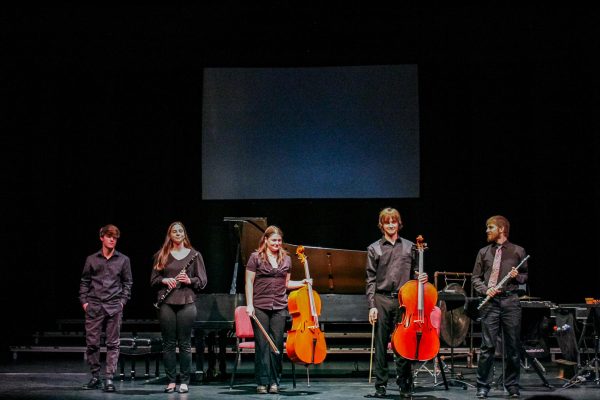


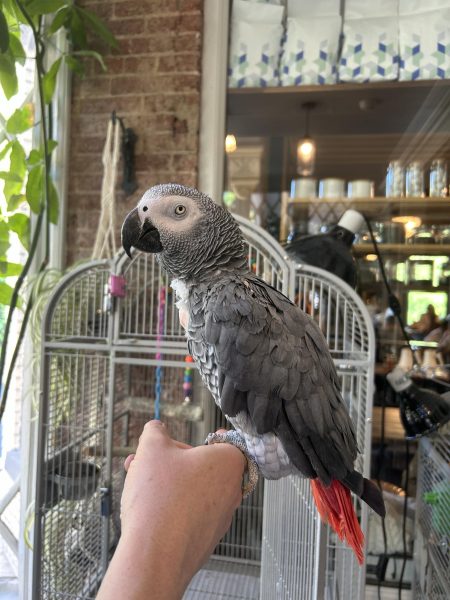
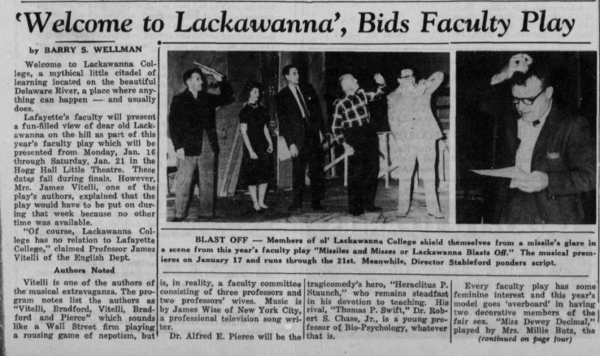
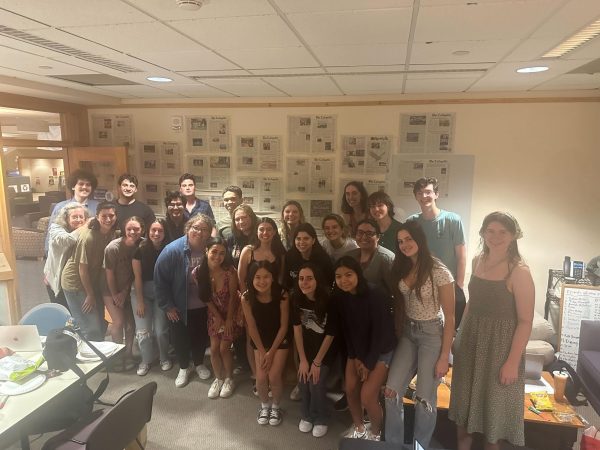
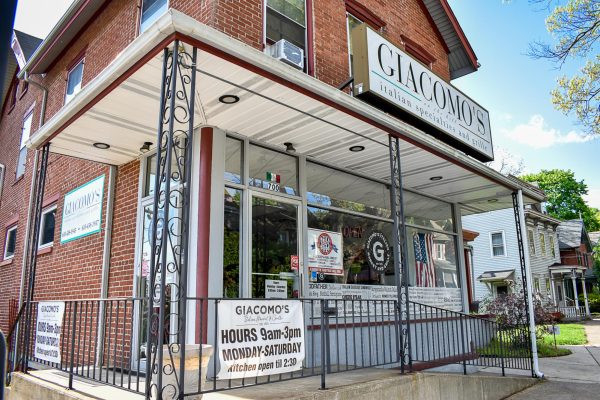



Karl • Apr 26, 2022 at 10:44 pm
Don’t mess with that rock…